Hellibores!
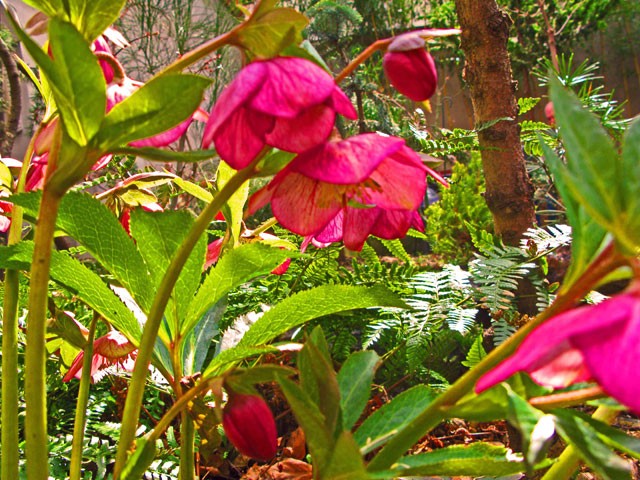
The transition from March to April, as we all know, is most often associated with madness, daffodils, spring crocuses and the blazing yellow branches of forsythia now rising like a thousand sunbeams around the city. In Washington Heights, however, it is the hellebore that now takes the stage, with a more subdued and gothic charm.
Like dark chocolate and certain wines, the hellebore perhaps requires the acquisition of a ‘taste’ for its less-than-ebullient flowers — which have a tendency to hang their heads, as if never completely removed from the pain of the world — and ungainly leaves, which, though generally evergreen, tend to turn brown at the edges after enduring a winter like the one just passed. (These leaves can be cut off to make way for the new growth every year.)
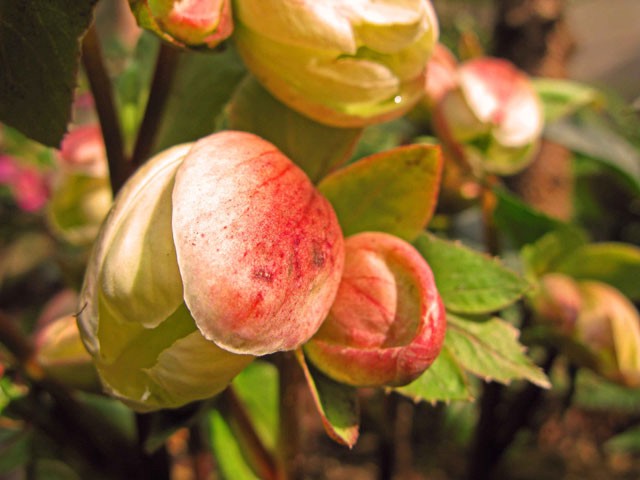
The plant is fearless — there are many varieties hardy to at least Zone 4 — and is always the first to send up blossoms in the late-winter garden before ushering in the spring.
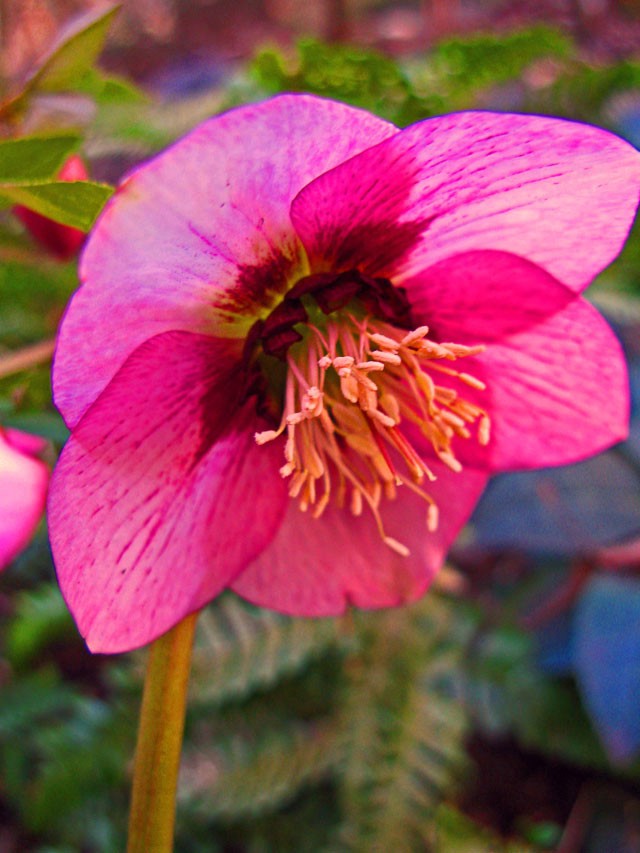
The hellebore has a long history, dating back to at least the ancient Greeks, when it was used to poison Alexander the Great in the lost city of Babylon. But like many toxic substances, when administered in the proper doses, it offers more benign effects: today’s disappointed college basketball fans should note that it was used to cure the daughters of King Midas “after they were touched by madness and found running naked through the streets screaming.”
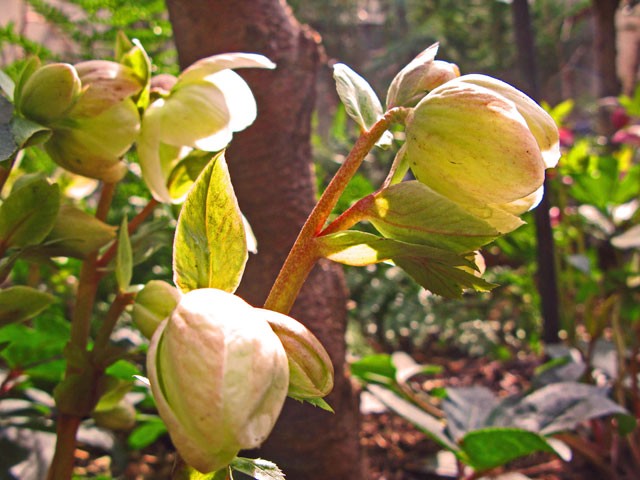
I don’t know where I read this — and I might have imagined it — but I’m pretty sure that hellebores, once established, can live for decades and possibly centuries (not that the plant presumably cares about such delineations of time).
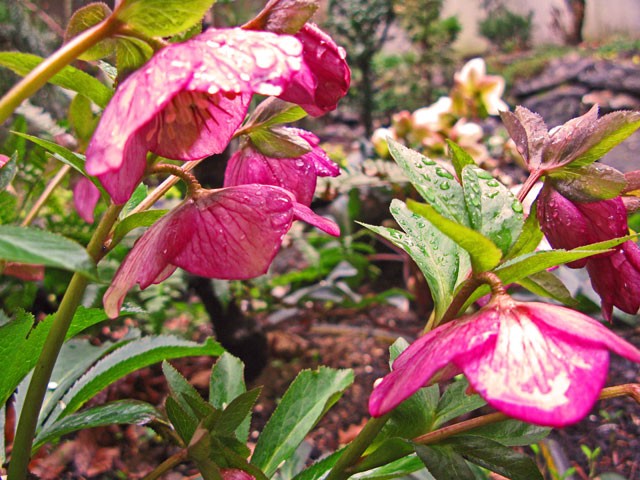
We have several patches of hellebores in our garden, all varieties of Helleborus x hybridus (winner of the 2005 Perennial Plant of the Year, BTW), including the ‘Mardi Gras Parade,’ the ‘Ivory Prince,’ and a black form, the exact name of which seems to have slipped through our less-than-perfect record-keeping system. (I fear we may have filed that piece of information with a tax return, so if anyone works at the IRS and sees it floating around, can you please send it back?)
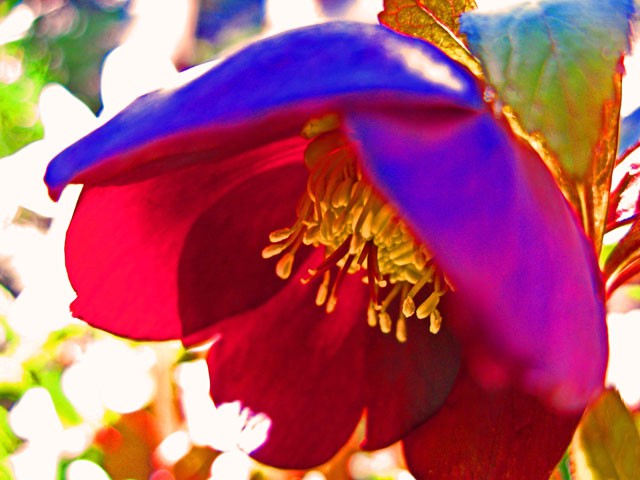
In my experience, hellebores do not require more than dappled sunlight and are therefore ideal companions to the ferns and hostas and other staples of the woodlands garden. They are also very drought-tolerant, which is good news if you live in area where water costs a fucking fortune (as it probably should, although we can save that topic for a panel discussion on ____).
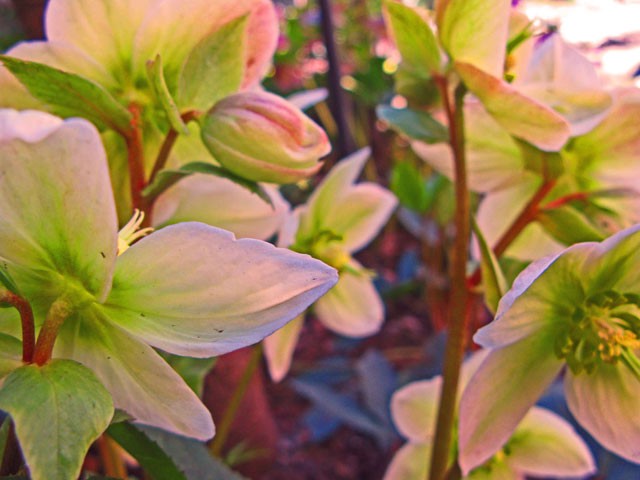
The hellebore can help to sustain our optimism (albeit in a muted and age-appropriate form) during the coming weeks, when the sun may be bright but the wind is still cold.
Matthew Gallaway is a writer who lives in Washington Heights. His first novel, ‘The Metropolis Case,’ will be published by Crown.
